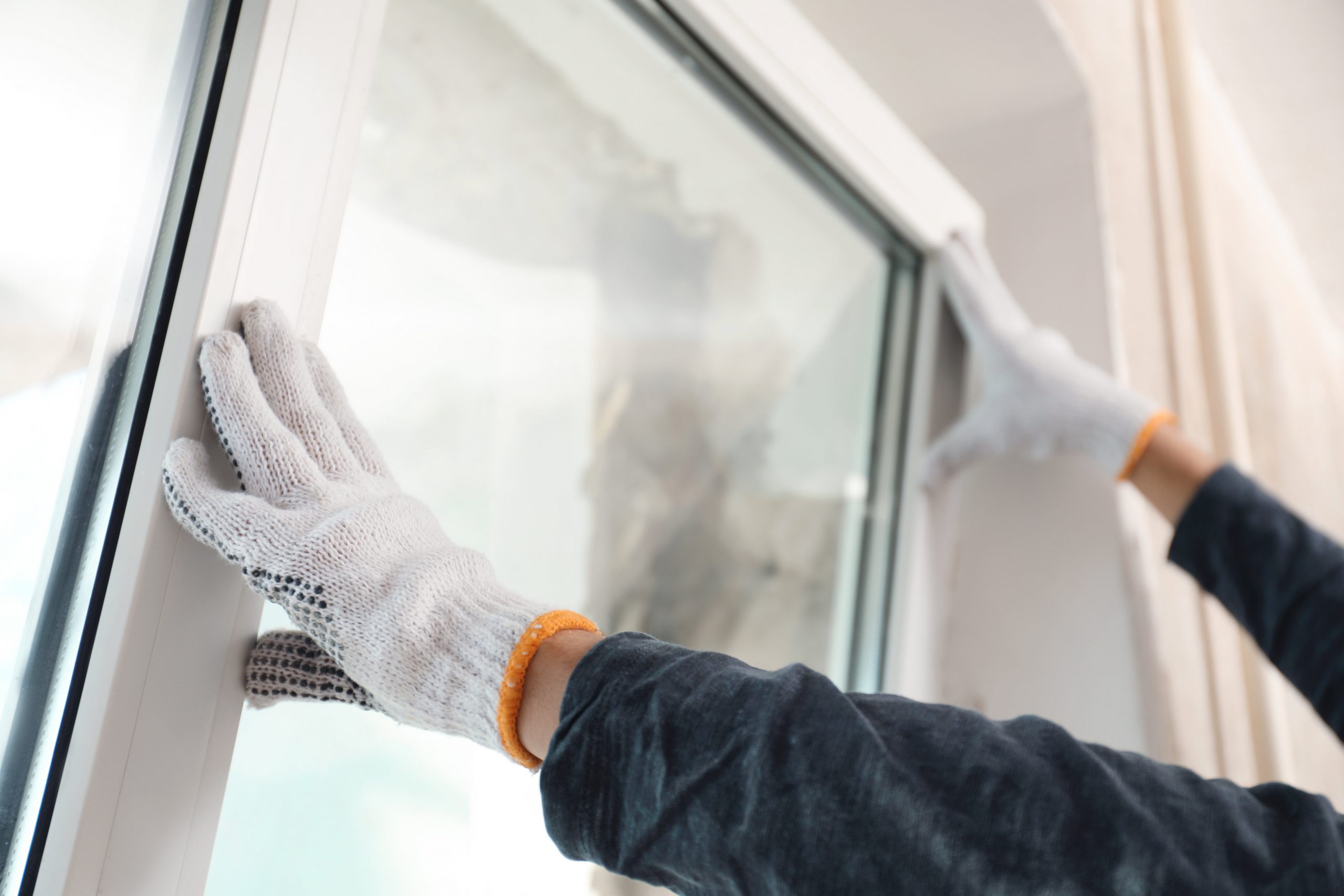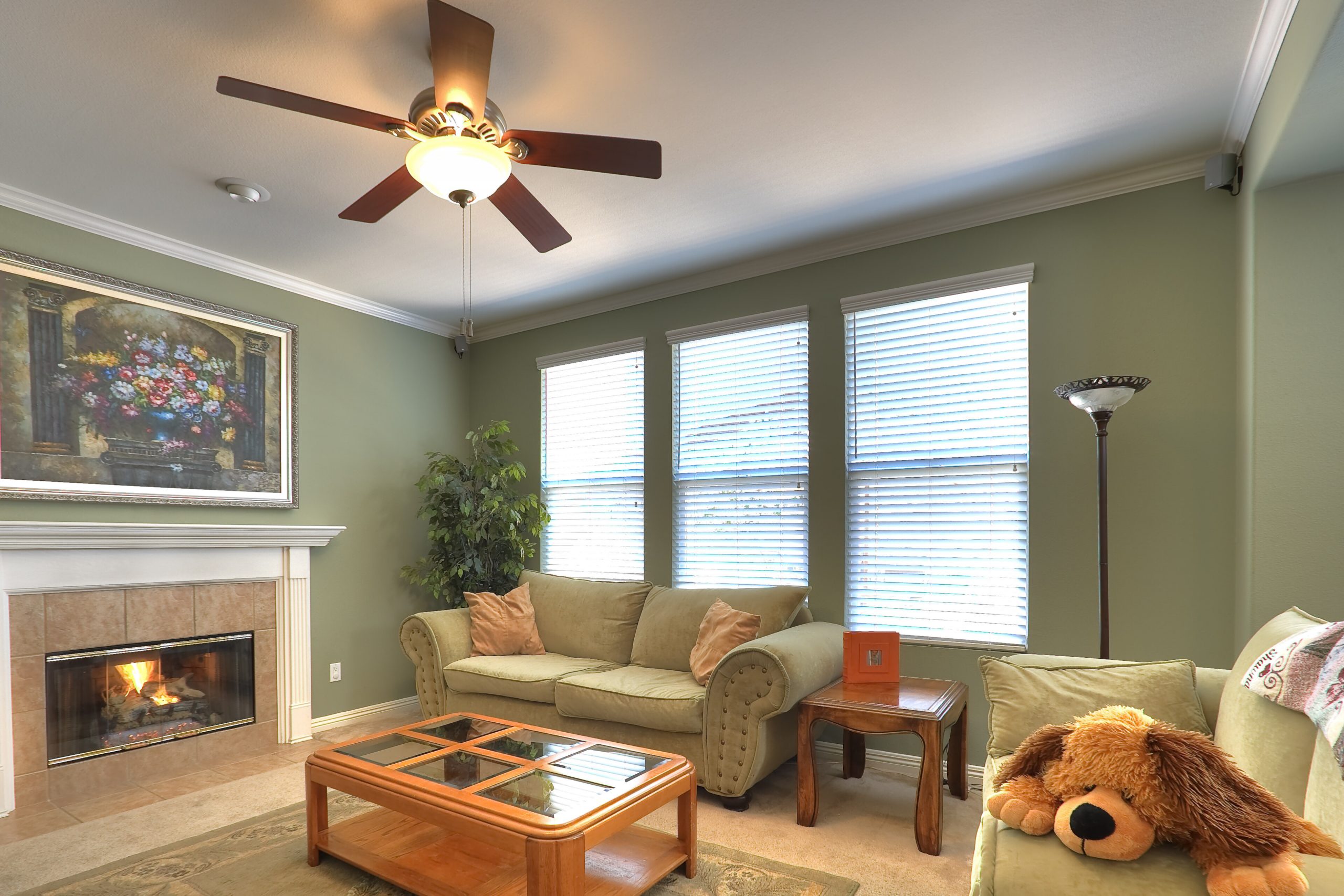Author: GW
Table of Contents
How to Make Money with a Garage Sale: Tips for Organizing, Pricing, and Promoting
Clearing out clutter is great—but turning your old stuff into extra cash is even better. A garage sale is one of the easiest ways to do just that, especially in the spring when people are out and about looking for deals. Find out how to organize, price, and promote your garage sale so it actually pays off.
Pick the Right Day and Time
Timing is everything when it comes to garage sale success.
- Choose a Weekend Morning: Saturdays are usually best, starting around 8 or 9 AM when shoppers are most active.
- Check the Weather: A sunny, mild day will draw more people. If possible, have a backup plan (like tarps or tents) in case of rain.
- Consider a Neighborhood Sale: Coordinate with neighbors to host on the same day—it brings in bigger crowds and creates a market-style vibe.
Planning ahead increases your chances of getting more foot traffic and more sales.
Get Organized Before the Big Day
A cluttered setup turns buyers away. Taking the time to prep makes everything easier.
- Sort Items by Category: Keep clothes, toys, books, kitchen stuff, and electronics grouped together.
- Clean Your Items: Wipe down dusty decor, wash clothes, and make sure electronics work. Clean items look more valuable and sell faster.
- Have a “Free” Box: Put out a small box of freebies to draw people in—it helps clear out junk and creates goodwill.
A neat, organized layout makes it easier for people to browse and buy.
Price It Right
You want to make money, but remember—garage sale shoppers are looking for deals.
- Keep Prices Low: Most items should be priced under $5 unless it’s something special or big like furniture or electronics.
- Use Stickers or Tags: Price everything clearly so people don’t have to ask.
- Bundle Deals: Offer discounts for bulk buys—like 3 books for $1 or fill a bag of clothes for $5.
A little flexibility goes a long way. Be open to haggling, but know your bottom line.
Promote Like a Pro
Even the best garage sale won’t make money if no one shows up. Spread the word in as many places as possible.
- Post on Community Boards: Use Facebook Marketplace, Craigslist, Nextdoor, and local garage sale groups.
- Make Eye-Catching Signs: Use bright colors, big arrows, and simple info like “Garage Sale – Sat 8AM – 123 Main St.”
- Use Balloons and Banners: Attract attention on the day of the sale with balloons or a bold “Garage Sale” banner at the curb.
The more people who know about it, the more likely you are to make solid sales.
Set Up for Success
The way your sale looks can make or break it.
- Tables and Racks: Display items neatly—don’t just toss things on a tarp or the ground.
- Group Similar Items: Keep like items together so shoppers can find what they’re looking for easily.
- Have Change Ready: Get small bills and coins ahead of time so you’re ready to make change.
Also, consider using a mobile payment option like Venmo or Cash App if you’re comfortable—it can boost sales with folks who don’t carry cash.
Keep Safety in Mind
A busy sale brings strangers into your space, so take a few precautions.
- Don’t Let Shoppers Inside: Keep your home locked during the sale.
- Have Help: Ask a friend or family member to hang out during the sale, especially if it gets busy.
- Secure Your Money: Keep cash in a fanny pack or lockbox—not just lying out in the open.
Staying safe helps you focus on making sales and having fun.
After the Sale: Donate or Repost
Once your sale is done, don’t just shove unsold items back into the garage.
- Donate Leftovers: Bag up clothes and small goods for donation centers.
- Post Higher-Value Items Online: If something didn’t sell but still has value, list it on Facebook Marketplace or OfferUp.
- Toss the Trash: Be honest with yourself—some stuff just needs to go.
The goal is to declutter and make money—not bring it all back inside.
Final Insights
With a little planning and effort, a garage sale can be more than just a way to clear space—it can put real money in your pocket. Keep it organized, price things right, and spread the word to attract serious bargain hunters.
Check out these tips before your next garage sale and turn clutter into cash with confidence.





